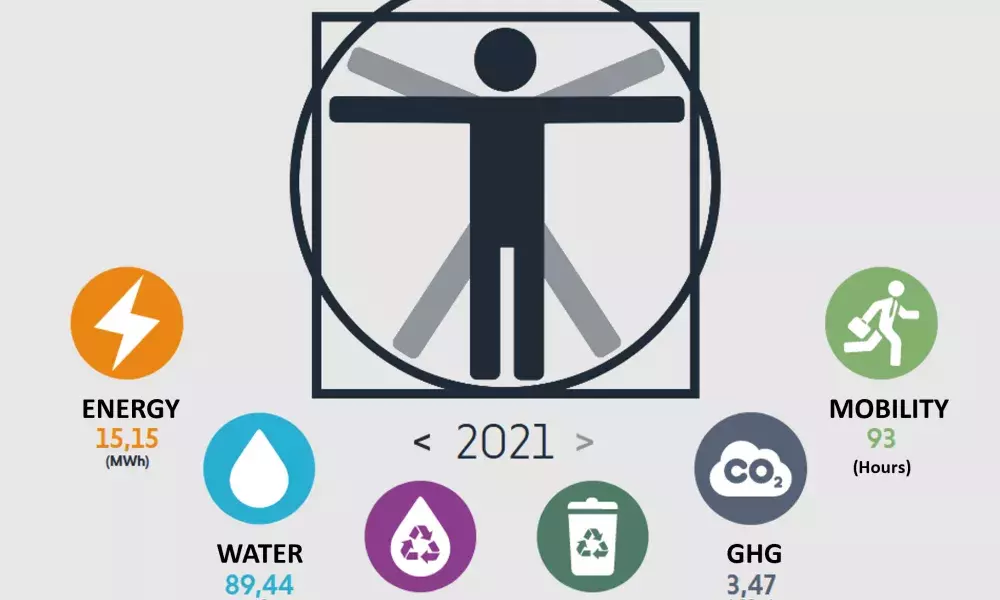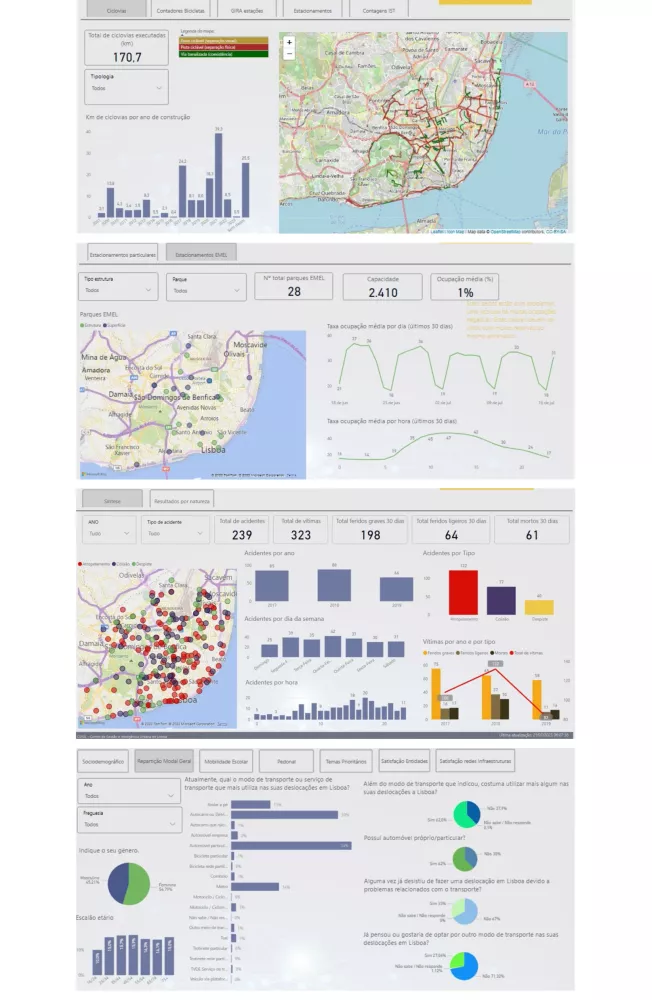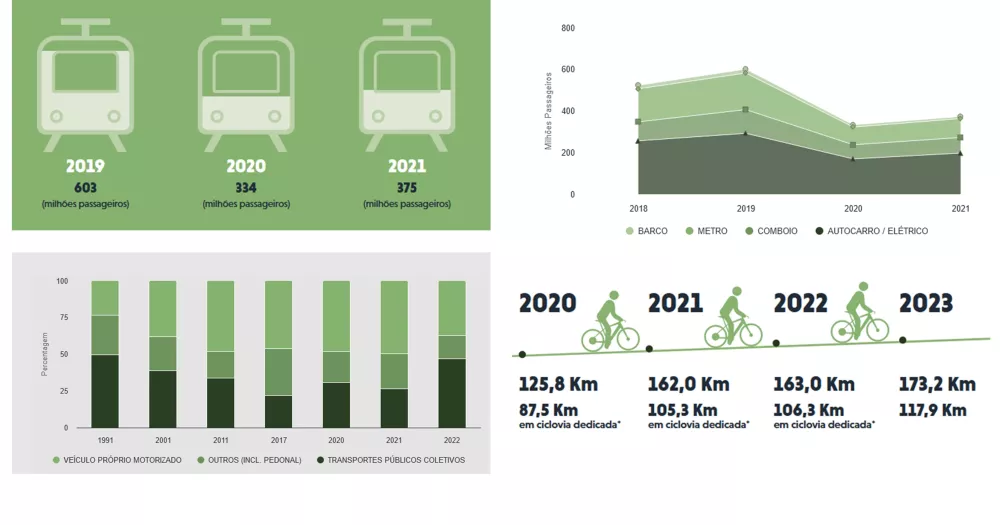VoxPop project has delivered the Lisbon Urban Mobility Observatory

People, Processes & Technology towards the digital transformation of the urban mobility system of Lisbon (VoxPop) is the project that will foster digitalization and collaboration between private and public mobility actors in the Portuguese capital. VoxPop is funded by the Urban Innovative Actions (UIA) initiative under the Digital transition topic. The project has ended and delivered its outputs. This web article is dedicated to the Lisbon Urban Mobility Observatory.People, Processes & Technology towards the digital transformation of the urban mobility system of Lisbon (VoxPop) is the project that will foster digitalization and collaboration between private and public mobility actors in the Portuguese capital. VoxPop is funded by the Urban Innovative Actions (UIA) initiative under the Digital transition topic. The project has ended and delivered its outputs. This web article is dedicated to the Lisbon Urban Mobility Observatory.
The LUMO observatory was created within the execution of the VoxPop project, while the city is hosting its own observatory.
- Observatory LUMO: this observatory contains data from various mobility entities and aims at facilitating access to these, stimulating research and the creation of mobility solutions. It is only accessible to the VoxPop partners. It also contains information of interest for the citizens, easy to understand, such as mobility patterns extracted from mobility surveys, use of public transport, parking data, information about micro and active mobility modes and school mobility data collected in dedicated surveys.
- Observatory of Lisbon: this observatory includes various domains, such as energy, water, waste and mobility. With regards to mobility, it is fed by LUMO data and it contains mostly yearly macro-indicators about public transport passengers, modal split, kilometers of bike lanes and others. The layout is like to ones existing for the other domains, using simple data to facilitate its understanding.
The objectives of the observatory were the following:
- Creation of a platform that integrates various mobility datasets;
- Easy and intuitive consultation tool for general public entities;
- Promote a more collaborative and transparent way of data sharing between public and private entities;
- Contribute to a better management of the data available;
- Organization of operational data of the mobility ecosystem that is now dispersed, without treatment, analysis or integration;
- Definition of systematic data collection methodologies;
- Processing of data to facilitate or support decision making;
- Proliferation of policies for the use of data relating to its part, updating and validation among the various operators and service providers;
The steps for developing the observatories were the following:
- Planning:
- First a literature review was done for the topic of Smart Cities, identifying mobility indicators
- Discussion with the project partners about the data needed to calculate these indicators and their preferences
- Organization of the indicators in subgroups following the Strategic Vision for Mobility of the city of Lisboa
- Definition of the strategy to develop and maintain an intelligent data platform able to collect and process high amounts of data and to present it in a personalized and useful way
- Execution
- Data collection, integration and cleaning
- Data processing and presentation
- Development of the observatories: LUMO (technical observatory for partners) and public observatory.
The observatory includes the following sections:
- General
- Citizens
- Demographic data
- Road network
- Parking and logistics (second image figure below)
- Soft modes (first image in figure below)
- Public transport
- Road data
- Road safety (third image in figure below)
- School mobility
- Surveys and traffic counts (fourth image in figure below)

The observatory of Lisbon includes the following information about mobility:
- Public Transport passengers (per year, total and per mode) [up in figure below]
- Modal split (per year, total and for school mobility) [down left in figure below]
- Frequency of traveling
- Use of bicycles in kilometers (per year) [down right in figure below]

The aim of the project partners is to ensure the monitoring and evaluation of the actions carried out within the project, as well as their impact on the urban mobility system. For this the observatory continuity has been secured, both in terms of feeding new data to it and in the way in which information is made available (ensuring its automation). Additionally, the robustness of the platform will be ensured so that it becomes a decision support tool for the city authorities. In this sense it is planned to promote the importance of sharing data between the various entities with decision-making power in the context of mobility, to promote the collaboration with start-ups to develop LUMO mobility and power solutions through data obtained and to continue the execution of participatory methodologies in order to collect information from various levels of interested parties, such as entities and citizens. Finally, the use of the observatory as a monitoring and monitoring tool but also for the execution of new studies and academic challenges will be stimulated.
About this resource
The Urban Innovative Actions (UIA) is a European Union initiative that provided funding to urban areas across Europe to test new and unproven solutions to urban challenges. The initiative had a total ERDF budget of €372 million for 2014-2020.
Similar content




